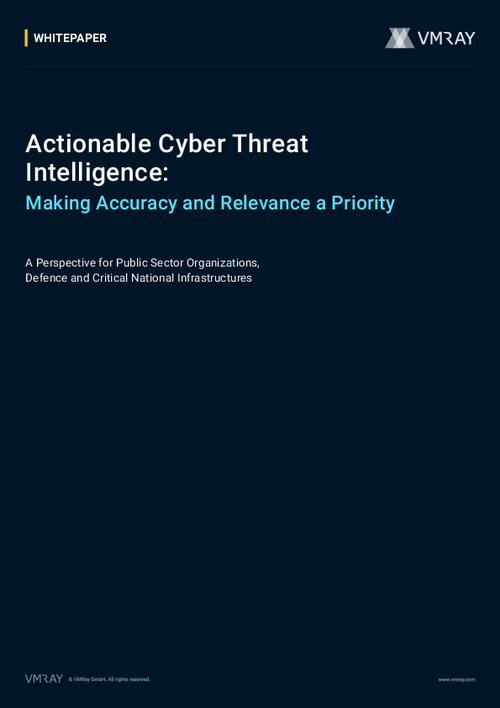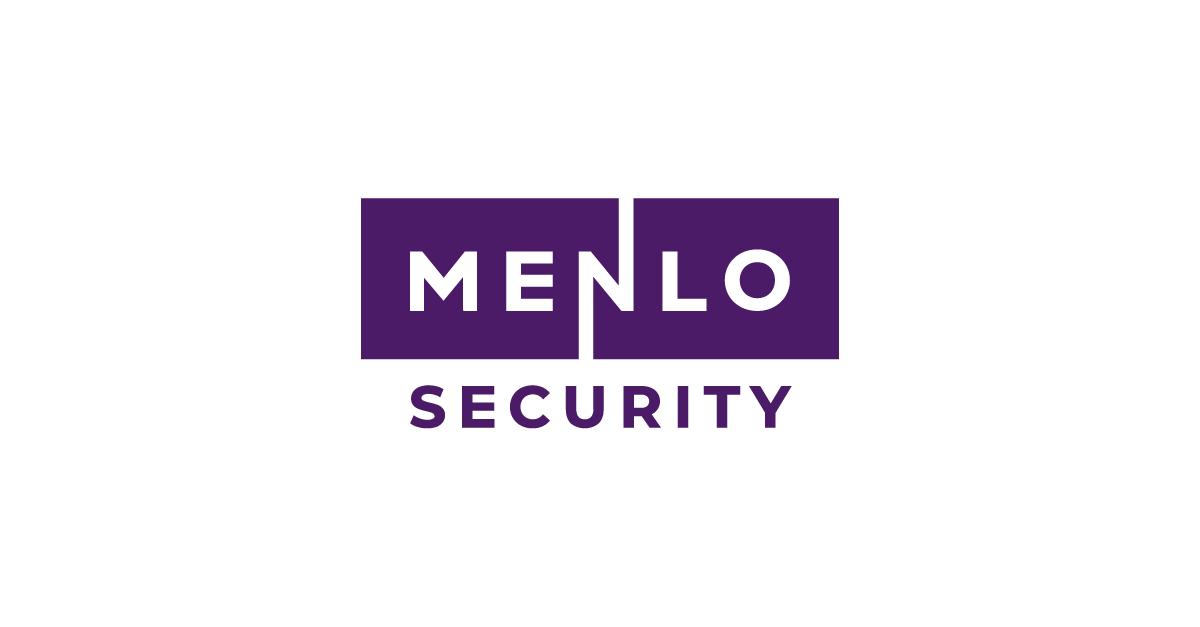Tag Archive for: Highly
SSU dismantles an infowar botnet. HIMARS, atrocities, provocation, and disinformation. A Russian disinformation mouthpiece raises the prospect that there are highly placed traitors in the GRU. Rewards for Justice works toward securing elections from Russian meddling. The case that Russia’s war is genocidal. The case that pan-Slavism has found wayward, but sincere, expression in Mr. Putin’s war.
/in Internet Security
At a glance.
- SSU dismantles an infowar botnet.
- HIMARS, atrocities, provocation, and disinformation.
- A Russian disinformation mouthpiece raises the prospect that there are highly placed traitors in the GRU.
- Rewards for Justice works toward securing elections from Russian meddling.
- The case that Russia’s war is genocidal.
- The case that pan-Slavism has found wayward, but sincere, expression in Mr. Putin’s war.
Ukraine claims to have taken down a massive Russian bot farm.
The Security Service of Ukraine (SSU) says it dismantled a large Russian botnet operation that was being used to spread Russian propaganda and disinformation. The bots, about a million strong, were herded from locations within Ukraine itself, in the cities of Kyiv, Kharkiv, and Vinnytsia, BleepingComputer reports. Their output took the form of social media posts from inauthentic accounts associated with fictitious personae. The SSU describes the operation as follows: “Their latest ‘activities’ include the distribution of content on the alleged conflict between the leadership of the President’s Office and the Commander-in-Chief of the Armed Forces of Ukraine as well as a campaign to discredit the first lady. To spin destabilizing content, perpetrators administered over 1 million of their own bots and numerous groups in social networks with an audience of almost 400,000 users. In the course of a multi-stage special operation, the SSU exposed the leader of this criminal group. He is a russian citizen who has lived in Kyiv and positioned himself as a ‘political expert.’”
On the other side of the information war, BleepingComputer also reported earlier this week that Ukrainian hacktivists, “Torrents of Truth,” were bundling instructions on how to bypass Russian censorship into movie torrents whose intended audience would be Russian viewers.
HIMARS, atrocities, provocation, and disinformation.
The killing of Ukrainian prisoners of war in Olenivka is by now clearly a Russian atrocity–the prisoners were apparently murdered by their captors. (And we note in passing that the International Committee of the Red Cross still has not been given the access to the prison international law requires.) The prisoners did not die in a…
Menlo Security Launches Free Security Assessment Toolkit to Help Companies Identify Highly Evasive Adaptive Threats (HEAT) Fueling Ransomware & Data and Credential Theft | News
/in Internet Security
MOUNTAIN VIEW, Calif.–(BUSINESS WIRE)–Jun 21, 2022–
Menlo Security, a leader in cloud security, today announced that it has released the HEAT Security Assessment Toolkit designed to provide organizations with the ability to assess their levels of protection and current exposure to Highly Evasive Adaptive Threats (HEAT). Since July 2021, Menlo Security has seen a 224% increase in HEAT attacks. These attacks allow threat actors to deliver malicious content, including ransomware, to the endpoint by adapting to the targeted environment. The HEAT Security Assessment Toolkit includes a HEAT Check test and a HEAT Analyzer that runs on the Splunk Platform. The HEAT Check enables customers to run a light penetration test to identify if they are susceptible to HEAT attacks. The Menlo Security HEAT Analyzer App for Splunk provides organizations with visibility around HEAT attacks that their network may have been exposed to over the past 30 days.
What is a HEAT Attack?
Highly Evasive Adaptive Threats (HEAT) are a class of cyber threats targeting web browsers as the attack vector and employs techniques to evade multiple layers of detection in current security stacks including firewalls, Secure Web Gateways, sandbox analysis, URL Reputation, and phishing detection. HEAT attacks are used as the initial access point to deliver malware or to compromise credentials, which in many cases leads to ransomware attacks.
“Ransomware, data and credential theft and other malware are on the rise. Couple this with the Log4J vulnerability, the Lazarus and Conti groups increased attacks targeting web browsers and the result is security teams worldwide facing a nearly non-stop barrage of incidents,” said John Grady, Senior Analyst, ESG. “Tools such as the HEAT Security Assessment can help ensure companies are aware of potential attacks before they have a chance to happen.”
HEAT Security Assessment Toolkit
The HEAT Security Assessment Toolkit provides a lightweight penetration and exposure assessment to help an organization better understand their susceptibility to HEAT attacks.
“HEAT attacks are defined by the techniques that adversaries are increasingly using to evade…
Menlo Security Launches Free Security Assessment Toolkit to Help Companies Identify Highly Evasive Adaptive Threats (HEAT) Fueling Ransomware & Data and Credential Theft
/in Internet Security
MOUNTAIN VIEW, Calif.–(BUSINESS WIRE)–Menlo Security, a leader in cloud security, today announced that it has released the HEAT Security Assessment Toolkit designed to provide organizations with the ability to assess their levels of protection and current exposure to Highly Evasive Adaptive Threats (HEAT). Since July 2021, Menlo Security has seen a 224% increase in HEAT attacks. These attacks allow threat actors to deliver malicious content, including ransomware, to the endpoint by adapting to the targeted environment. The HEAT Security Assessment Toolkit includes a HEAT Check test and a HEAT Analyzer that runs on the Splunk Platform. The HEAT Check enables customers to run a light penetration test to identify if they are susceptible to HEAT attacks. The Menlo Security HEAT Analyzer App for Splunk provides organizations with visibility around HEAT attacks that their network may have been exposed to over the past 30 days.
What is a HEAT Attack?
Highly Evasive Adaptive Threats (HEAT) are a class of cyber threats targeting web browsers as the attack vector and employs techniques to evade multiple layers of detection in current security stacks including firewalls, Secure Web Gateways, sandbox analysis, URL Reputation, and phishing detection. HEAT attacks are used as the initial access point to deliver malware or to compromise credentials, which in many cases leads to ransomware attacks.
“Ransomware, data and credential theft and other malware are on the rise. Couple this with the Log4J vulnerability, the Lazarus and Conti groups increased attacks targeting web browsers and the result is security teams worldwide facing a nearly non-stop barrage of incidents,” said John Grady, Senior Analyst, ESG. “Tools such as the HEAT Security Assessment can help ensure companies are aware of potential attacks before they have a chance to happen.”
HEAT Security Assessment Toolkit
The HEAT Security Assessment Toolkit provides a lightweight penetration and exposure assessment to help an organization better understand their susceptibility to HEAT attacks.
“HEAT attacks are defined by the techniques that adversaries are increasingly using to evade detection by traditional…



